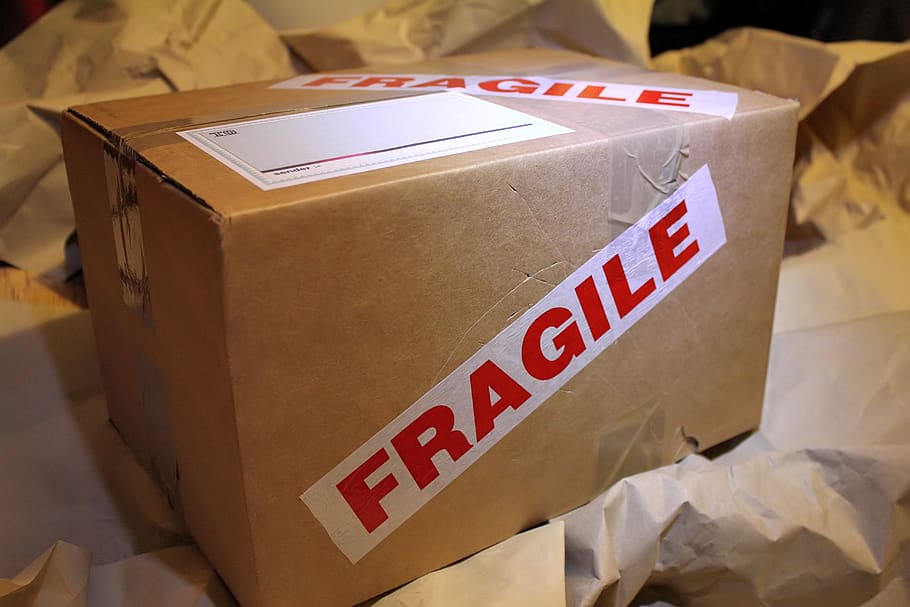
Shipping electronics through a courier service can be a nerve-wracking experience, considering the delicate nature of these devices. However, with proper packaging and a few precautionary measures, you can ensure the safe transit of your valuable electronics. In this blog, we will provide you with essential tips and guidelines to help you ship your electronics securely and minimize the risk of damage during transportation.
Choose a Reliable Courier Service
When shipping electronics, it is crucial to select a reputable courier service with a track record of handling delicate items carefully. Look for courier services that specialize in handling fragile goods or offer additional insurance coverage for valuable items. Research customer reviews and ratings to gain insights into the experiences of others who have used the service.
Use Original Packaging Whenever Possible
Whenever feasible, it is recommended to use the original packaging that came with your electronics. Original packaging is specifically designed to provide optimal protection during transportation. If you no longer have the original packaging, move on to the next step.
Gather Essential Packaging Materials
To ensure the safety of your electronics, gather the necessary packaging materials, including:
- Sturdy cardboard box: Choose a box that is slightly larger than the item itself, allowing space for cushioning materials.
- Bubble wrap: Wrap your electronic device with multiple layers of bubble wrap to protect it from impacts and vibrations.
- Packing peanuts or foam inserts: Fill the empty spaces inside the box with packing peanuts or foam inserts to provide additional cushioning.
- Anti-static bags: For electronic components or smaller devices, place them in anti-static bags to protect against static electricity.
- Strong adhesive tape: Use high-quality adhesive tape to secure the box and prevent it from accidentally opening during transit.
Disassemble and Protect Removable Parts
Before packing your electronics, disassemble any removable parts, such as batteries, cables, or accessories. Wrap each component individually with bubble wrap or place them in separate compartments within the box. This step ensures that no loose parts are left to move around and potentially cause damage during transit.
Double-Box for Added Protection
For extra protection, consider double-boxing your electronics. Place the wrapped electronics inside one box and then put that box inside a larger one. Fill the space between the two boxes with packing peanuts or foam inserts. This method adds an additional layer of cushioning and minimizes the risk of damage.
Label and Insure Your Package with your chosen courier service
Clearly label your package as “Fragile” and “Handle with Care.” Include both the sender’s and recipient’s contact information to facilitate communication. Additionally, consider purchasing insurance coverage for the shipment to protect against potential loss or damage. Most courier services offer insurance options that can provide peace of mind during transit.
Use a Courier Service to Track Your Shipment
Once your package is ready for shipment, ensure that you receive a tracking number from the courier service. Regularly monitor the progress of your shipment through the tracking number provided. This way, you can stay informed about the whereabouts of your electronics and quickly address any unforeseen issues that may arise during transit.
Don’t Stress!
Shipping electronics through a courier service doesn’t have to be a stressful experience if you follow these guidelines. By choosing a reliable courier service, using proper packaging materials, disassembling removable parts, double-boxing when necessary, and insuring your shipment, you can significantly minimize the risk of damage to your valuable electronics. Remember, taking the time to ensure the safe packaging of your electronics will go a long way in providing peace of mind and a successful delivery experience. Check out our other blogs for more helpful shipping advice!



